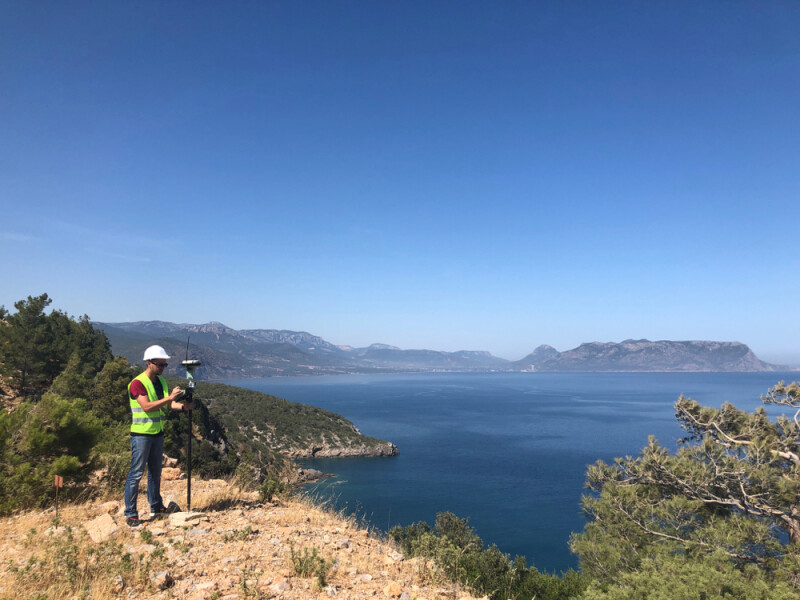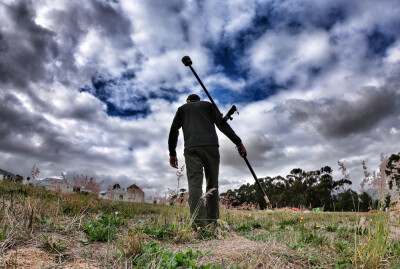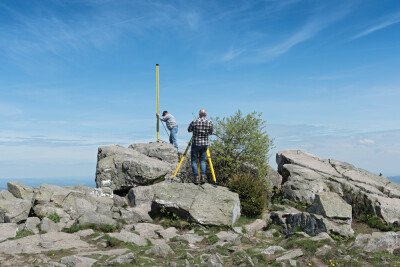Over the last several years, the National Geodetic Survey (NGS), part of the National Oceanic and Atmospheric Administration (NOAA), has been undergoing a major project to modernize the National Spatial Reference System (NSRS), which NGS defines as “ a consistent coordinate system that defines latitude, longitude, height, scale, gravity, and orientation throughout the United States.” The last time this kind of modernization effort took place was in the late 1980s and early 1990s, but of course technology has evolved significantly since that time.
Throughout the course of this year, Geo Week News has been highlighting much of the work that is going into this modernization process, looking at the effort from a high level, zooming in on its effects on bathymetric surveying as well as the major effect GNSS advancements are having on the modernization, and how those in the know are preparing professionals for the modernization. Within that coverage, we have leaned not only on the expertise of those within NGS who are working on this effort on a daily basis, but also team members from the Geospatial Center for the Arctic and Pacific, who received a grant to assist with the effort.
To continue diving deeper into this topic, Geo Week News also recently hosted a webinar to give full explanations of everything surveyors need to know about this modernization as well as the work that GCAP is doing to assist with it. The webinar featured Dan Gillins, Ph.D, PLS, Chief of the Spatial Reference Systems Division, National Geodetic Survey; and Chase Simpson, PLS - Assistant Professor of Practice in the School of Civil and Construction Engineering, Oregon State University. It gave a ton of crucial information for the geospatial industry and is a must-watch for anyone whose day-to-day work life could be affected by this modernization process. You can register for a free recording of the discussion by following the link below.
Most of the webinar consisted of presentations from the two speakers to explain the modernization process and the work of GCAP. Gillins gave the first presentation, diving deep into the modernized NSRS, everything that went into it and some of the new mechanisms that geospatial professionals will need to know. For example, he explained the CORS system from NOAA and why that was the backbone of the NSRS, as well as sharing new CORS websites. He also dove into what functionally will be changing with the modernized NSRS, explaining the role of GNSS and how surveyors will be able to calculate heights under this new system, which is getting close to being rolled out.
As the presentation continued, Gillins also talked about some of the advantages of this new system compared to the current iteration of the NSRS, which was put into place in the late 1980s. One of the processes he oversaw was the GRAV-D program, which collected airborne gravity data over the entire United States and was just recently completed after a 15-year process. Finally, he shared the plans for rollout of this modernized system, which includes plenty of testing throughout 2025 with the potential for this new NSRS to completely replace the old one in 2026.
Following that presentation, Simpson gave his own presentation to dive a little deeper into the work that GCAP is doing. The group, made up of academic institutions and other organizations in the Pacific Northwest, received a grant from NGS to assist in this modernization work. Simpson outlined the major “tasks” being undertaken by the group, including one in which the team is working within the geospatial community to facilitate better transition to the new NSRS. Simpson also shared a survey for industry professionals to fill out to learn more about what people are looking for in general for continuing education in geomatics and specifically around the modernized NSRS.
Finally, after both presentations the audience had some time for question and answer in which Gillens and Simpson were able to answer some specific questions the community was wondering about, including how different regions could be affected, diving deeper into some of the calculations, and much more. As we mentioned, this entire webinar is a must-watch for those in the geospatial profession to learn about how things will change in the coming years as the modernized NSRS is rolled out and ultimately replaces the current one. Register for your free, on-demand recording below.






